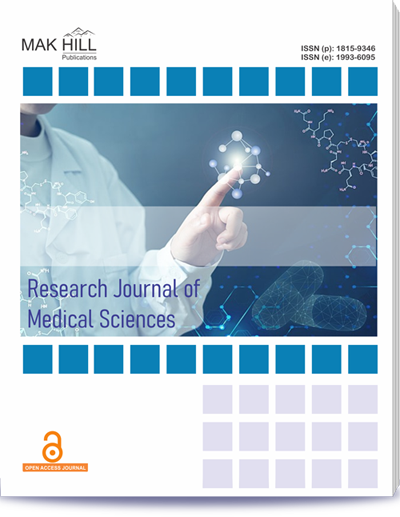
Research Journal of Medical Sciences
ISSN: Online 1993-6095ISSN: Print 1815-9346
133
Views
23
Downloads
Abstract
Endoscopic retrograde cholangiopancreatography (ERCP) is used for diagnosis and treatment of biliary and pancreatic disorders both. With increased instrumentation and prolongation of the procedure, patient safety and comfort becomes of paramount importance. It has got anaesthetic implications also. In addition to safety, cost and gastroenterologist’s satisfaction, haemodynamic and respiratory stability, recovery room stay and early discharge is important. Comparative study was carried out in two groups with Target Control Infusion (TCI) in patients with age above eighteen years with American Society of Anaesthesiologists (ASA) physical status grade I/II. The two groups comprised of high flow nasal oxygen (HFNO) with spontaneous breathing (n‐25) in group A and endotracheal intubation and controlled ventilation (n‐25) in group B respectively. Student’s t‐test was run to carry out test of null hypothesis as the mean of the populations from which the two samples were taken with less variance. Haemodynamic parameters were not found statistically significant (p‐0.216). No significant difference was noted in recovery time. When airway was protected, better patient compliance was observed. Gastroenterologist’s satisfaction was better in group B compared to group A, although statistically not significant (0.308).
How to cite this article:
Debasish Ghosh and Bindu Singh Parihar. Sedation with Ketofol for Endoscopic Retrograde
Cholangiopancreatography: High Flow Nasal Oxygen Versus Endotracheal Intubation with Controlled Ventilation.
DOI: https://doi.org/10.36478/10.59218/makrjms.2024.3.192.196
URL: https://www.makhillpublications.co/view-article/1815-9346/10.59218/makrjms.2024.3.192.196